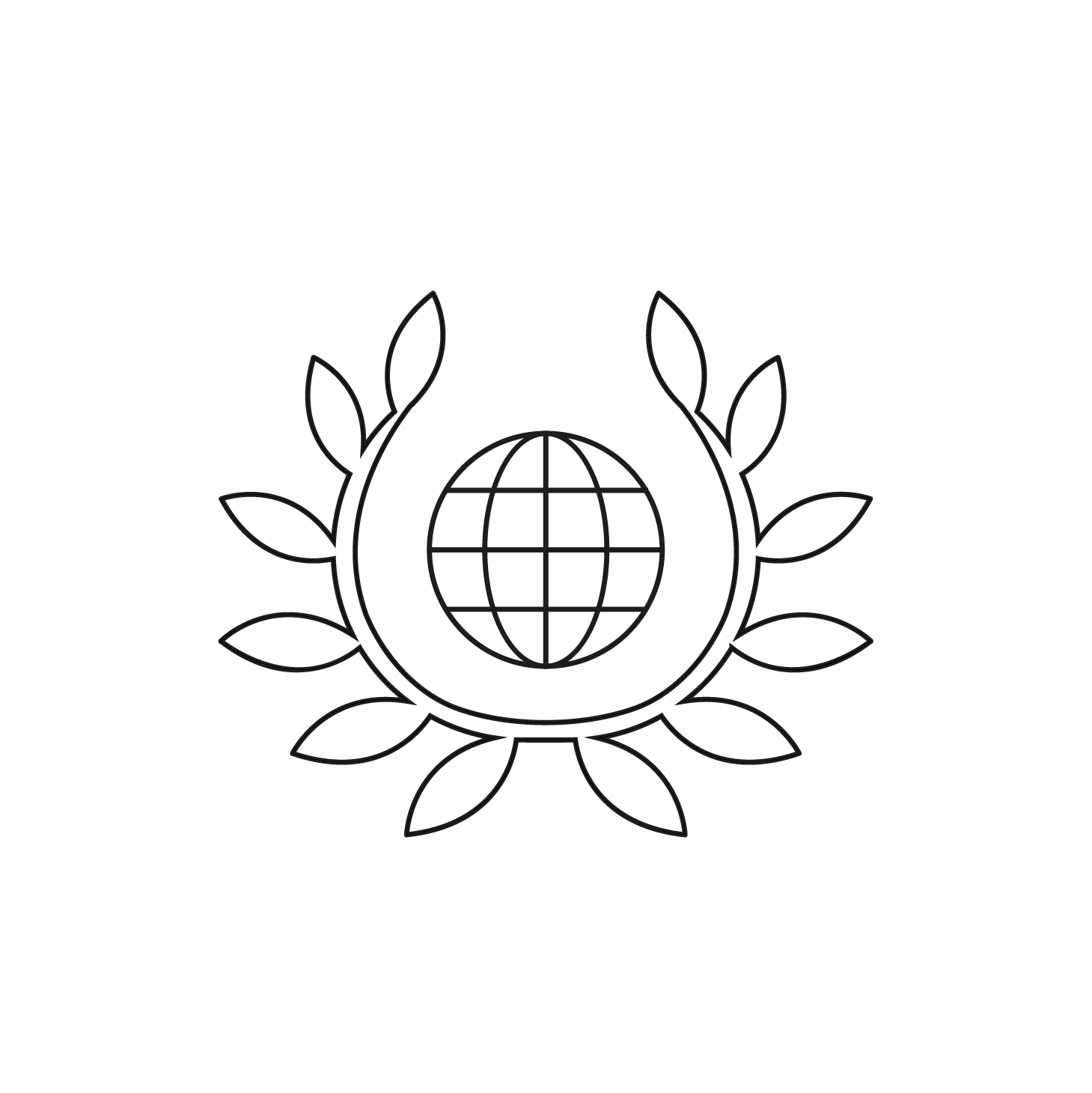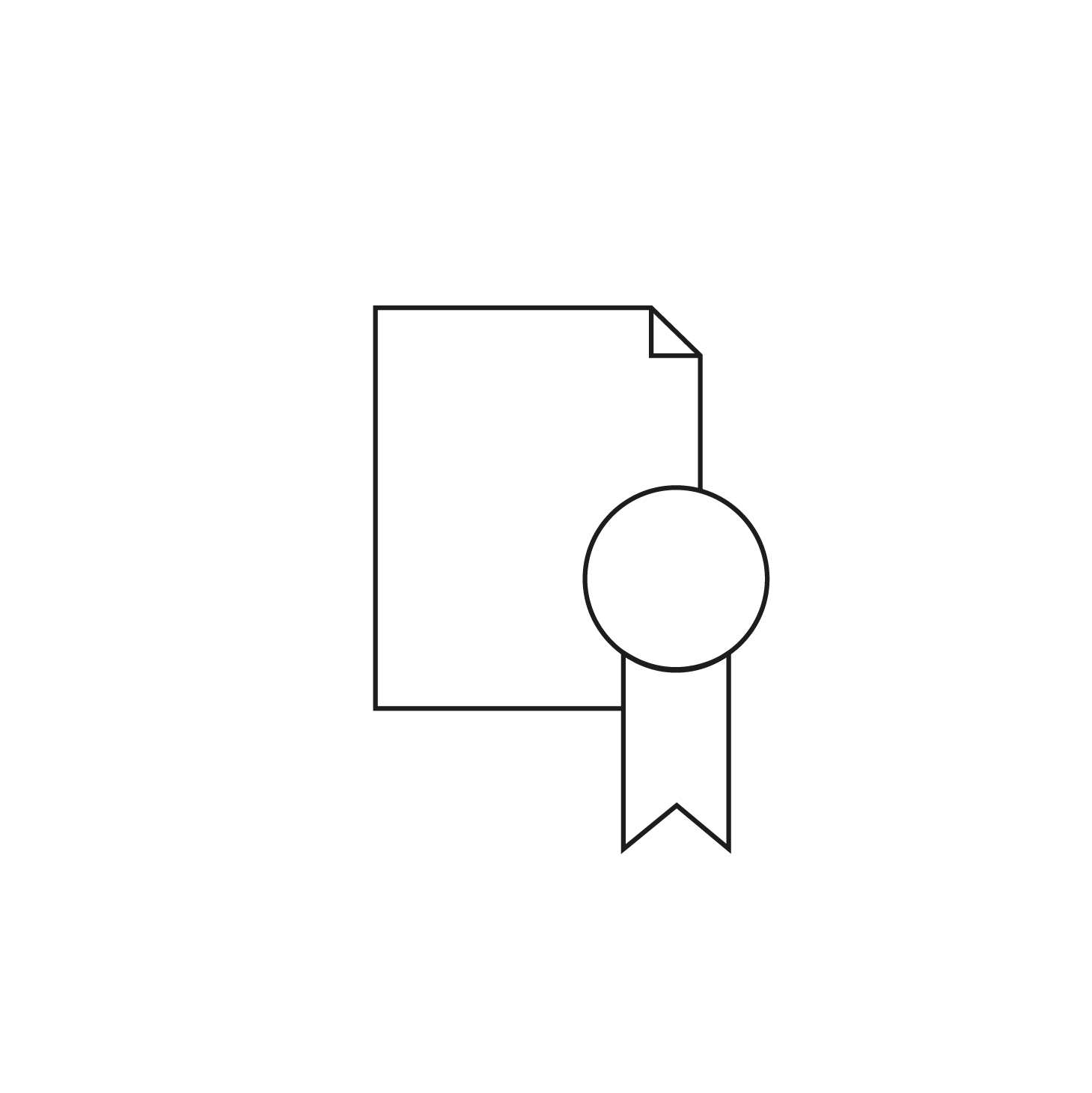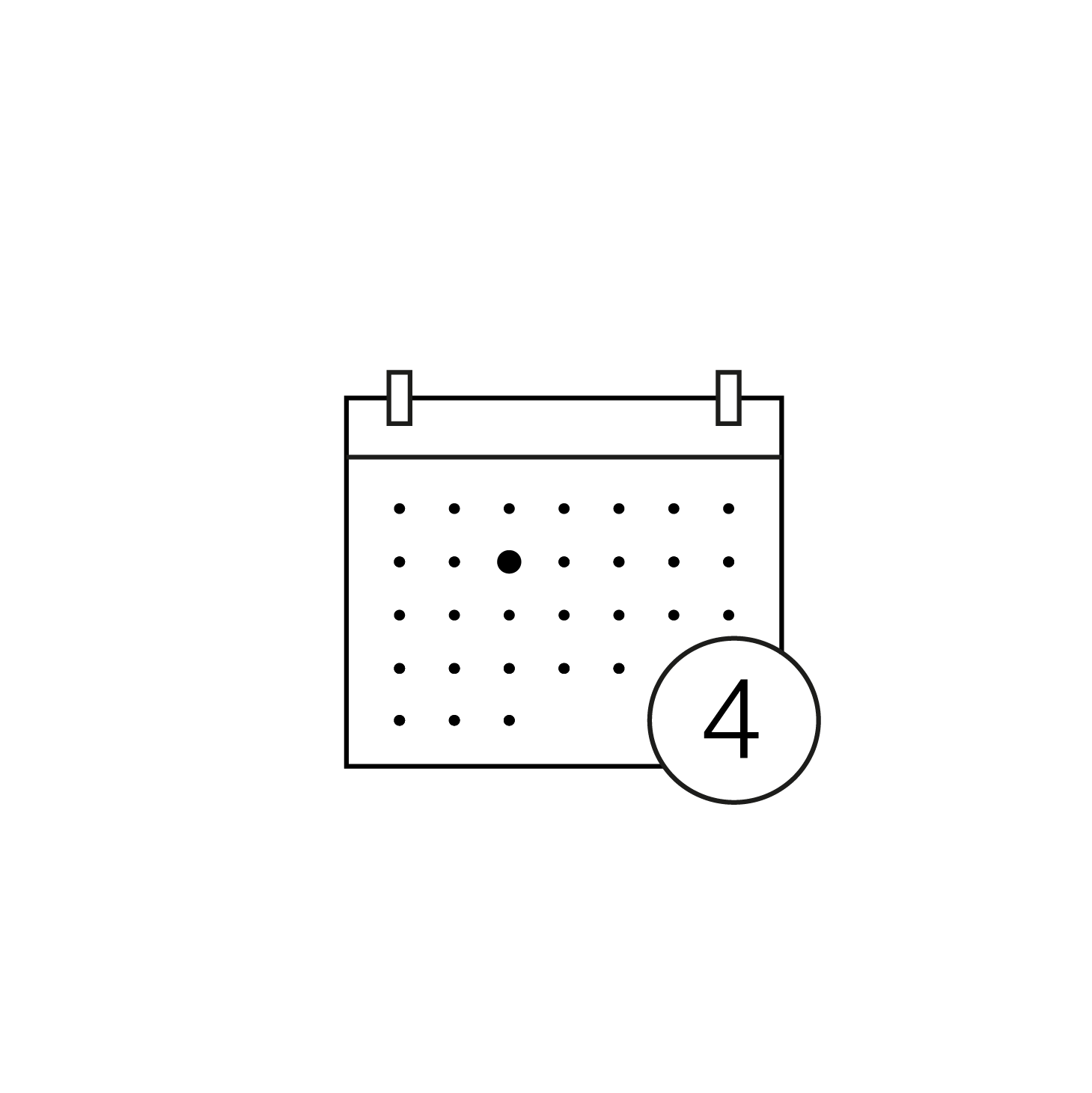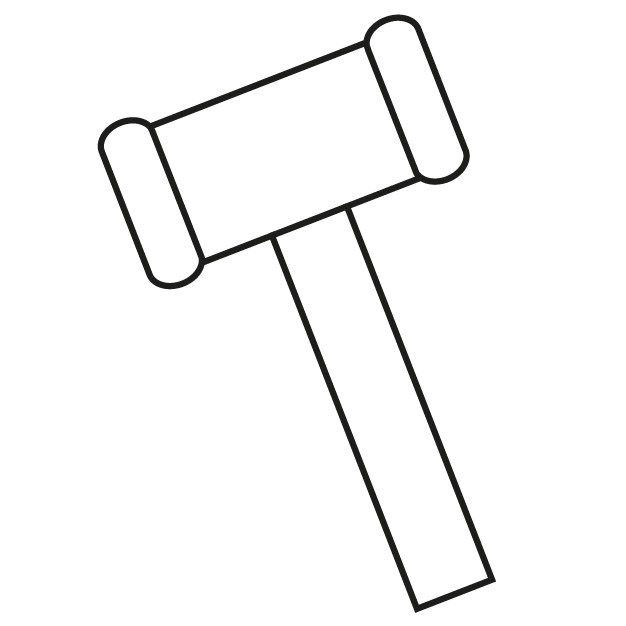- Pair of adoring angels in carved wood
South of France, 16th century
Sold €7,545 >
>
Mediaeval and Renaissance furniture
“The Object of Art is, in itself, an ambassador of an era: it embodies its customs, its taste. Bearing witness to it is the least we can do, and it is one of the essential aspects of our profession.”
— Grégoire de Thoury
Haute Époque
A historical specialty of the Aguttes auction house, the Haute Époque is a broad term theoretically encompassing all artistic production created between the end of Antiquity and the early 17th century. It therefore primarily focuses on the Middle Ages and the Renaissance. Two prestigious auctions per year are exclusively dedicated to this specialty : in June and December.
From the end of Antiquity to the beginning of the Renaissance
The Furniture, Sculptures & Art Objects department covers several centuries of artistic creation, including the Haute-Époque. This specialty includes works created between the end of Antiquity and the beginning of the Renaissance. It encompasses furniture (chairs, chests, buffets, armoires), statuary (Virgin, Christ, saints…), and objects (chalices, pewter, carved ivory, reliquaries…) from the Middle Ages, Renaissance, and the 17th century, originating from France, the Flanders, the Netherlands, the Germanic countries, the Iberian Peninsula, and Italy. These highly attended auctions attract international buyers. Recently, the department sold an impressive tapestry, Hunting and Hawking of Emperor Maximilian I in the Soignes Forest, in a private sale.
Haute Époque Through Time…
Haute Époque refers to furniture and art objects from the Gothic Middle Ages to the 17th century, including the Renaissance. This broad typological period embodies a singular taste that can be categorized as follows:
Before the 14th Century: Generally referred to as medieval art, auction examples include silverware, Gothic ivories, and rare large chests.
14th Century: The development of Marian devotion, central to medieval piety, is often illustrated by statues of the Virgin Mary in Haute Époque sales. These statues may be from Champagne, Lorraine, or Burgundy, with the auction expertise precisely determining their history and value. Rare furniture also appears during this period.
15th Century: The golden age of Gothic art, characterized by emblematic “folded towel” furniture, a staple of Haute Époque auctions. Sculptures become larger and more monumental, evolving into the ornate style flourishing at the end of the century. Furniture from this era includes windowed chests, dressers depicting religious scenes, and choir stalls.
Early 16th Century: The “First Renaissance” introduces new typologies from the Italian Peninsula, bringing furniture and art objects to European courts. These innovations include precious wood cabinets, credenzas, Italian tables, and carved wood ceremonial chairs, showcasing their original owners’ magnificence.
Renowned Names of the Haute Époque
Artists like Hugues Sambin, an all-rounder known for woodworking, sculpture, engineering, architecture, decoration, and engraving, are highlighted in our expertise. Sambin is attributed to several buildings in Dijon, such as the Hôtel Marc Fyot and the Milsand House, as well as notable furniture pieces. Although little is known about his life, and many works are attributed but not definitively authenticated, his legacy, along with artists like Androuet du Cerceau, Bernard Palissy, and Léonard Limosin, often features in our Haute Époque auctions.
Though considered to end in the 17th century, the Haute Époque typology in our auction catalogs also includes religious sculptures, wooden works depicting saints like the Virgin Mary, Saint Mary Magdalene, and Saint Catherine, as well as many Christian devotional objects such as gilt-wood candlesticks and under-glass paintings.
The 19th century saw a resurgence of interest in medieval and Renaissance periods, with troubadour and neo-medieval styles producing many Haute Époque reproductions, some of which hold surprises at auction.
Haute Époque Collections
Aguttes can manage the sale of entire collections relating to the Haute Époque style, offering sellers bespoke communication in the collector’s spirit. The strategy for these sales is entirely personalized. The team selects the best dispersion strategy, which can involve various auction formats or online sales. Often, the collection is presented in a dedicated catalog with a specially designed visual identity. The sale location is chosen based on relevance, whether at Aguttes’ auction house in Neuilly-sur-Seine or another venue in France or abroad.
Good to Know: Our Haute Époque department organizes two auctions per year in Paris.
Achieving World Records with International Buyers
With its strong communication capabilities and international buyers, Aguttes regularly achieves world records. The house offers unique communication strength and provides sellers with modern and targeted tools for effective international dissemination. We pay special attention to the production of the auction catalog, both in its design and content, whether in paper or fully digital format. We mobilize buyers from our portfolio across all specialties and identified potential buyers during our campaigns. We communicate with them using multiple channels: online and offline advertisements, social networks, emailings, media, influencers, auction platforms with quality and adapted supports; image, text, and video…
Free and Confidential Appraisals of Haute Époque Items
Our specialist is available to appraise your items, providing professional expertise and advice on sales or investments. Discover our auction calendar and offices.
Results
News
Contacts

- Head of the department
- Grégoire de Thoury
- thoury@aguttes.com
- +33 1 41 92 06 46
Request an estimate
Graceful and confidential
Next sale(s)
Newsletter
Subscribe to receive our magazine as well as the calendar of sales, exhibitions and conferences…
Only two communications per month in your mailbox.
Information
Also discover
Results
Why Aguttes?

Expertise
More than 14 specialized departments

Personalized accompaniment
Large and agile organization for the management of "top lots" and particular collections

International records
More than 60% of buyers are foreign

Culture of excellence
More than 150 lots sold at more than 100 000€ in 2022

Frequency of sales
4 annual auctions by specialty












